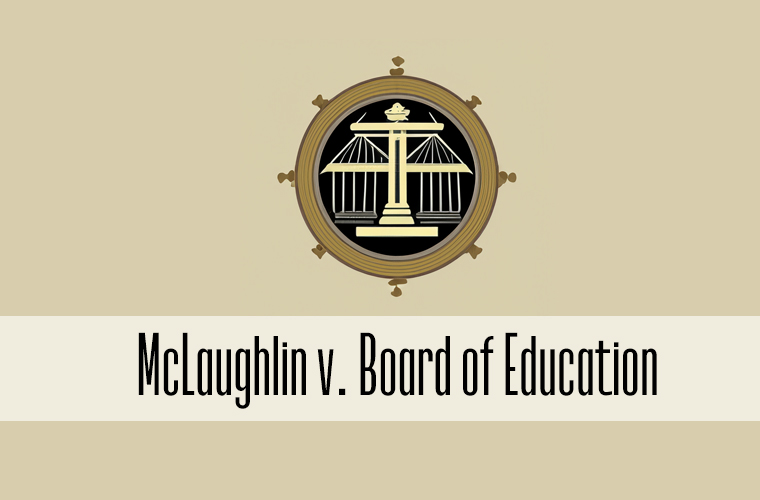In 1965, the Supreme Court of the United States issued a ruling that would forever change the landscape of American education. The case, McLaughlin v. Board of Education, centered around the issue of segregation in public schools and whether it was constitutional to separate students based on their race or ethnicity. The decision in this case had far-reaching implications for the civil rights movement and the fight for equal access to education.
Background
The McLaughlin case originated in Oceanside, California, where a group of Mexican-American parents filed a lawsuit against the local school district. The parents claimed that their children were being discriminated against because they were forced to attend segregated schools that were inferior to those attended by white students. The case was brought before a federal district court, which ruled in favor of the school district. The parents then appealed the decision to the Ninth Circuit Court of Appeals, which also ruled in favor of the school district. The case was then brought before the Supreme Court.
The Supreme Court’s Decision
In a unanimous decision, the Supreme Court ruled that segregation in public schools based on race or ethnicity was unconstitutional. The Court held that such segregation violated the Equal Protection Clause of the Fourteenth Amendment, which guarantees that no state shall deny any person within its jurisdiction equal protection under the law. The Court reasoned that segregating students based on their race or ethnicity created a sense of inferiority among minority students and was therefore inherently unequal.
The significance of McLaughlin v. Board of Education
The decision in McLaughlin v. Board of Education was significant for several reasons. First, it established that segregation in public schools was unconstitutional, which paved the way for further legal challenges to segregation in other areas of American life. Second, it recognized that discrimination against minority students had a detrimental effect on their educational opportunities and their sense of self-worth. This recognition helped to galvanize the civil rights movement and led to further efforts to desegregate schools and other institutions.
Finally, McLaughlin v. Board of Education was significant because it recognized the importance of diversity in American education. The Court acknowledged that students from different racial and ethnic backgrounds could benefit from learning together and that diversity in the classroom could help to break down stereotypes and promote understanding among different groups.
Conclusion
McLaughlin v. Board of Education was a landmark case in American education and civil rights history. Its ruling established that segregation in public schools was unconstitutional and recognized the importance of diversity in American education. The decision helped to pave the way for further legal challenges to segregation and discrimination and played a significant role in the fight for equal access to education for all Americans.

